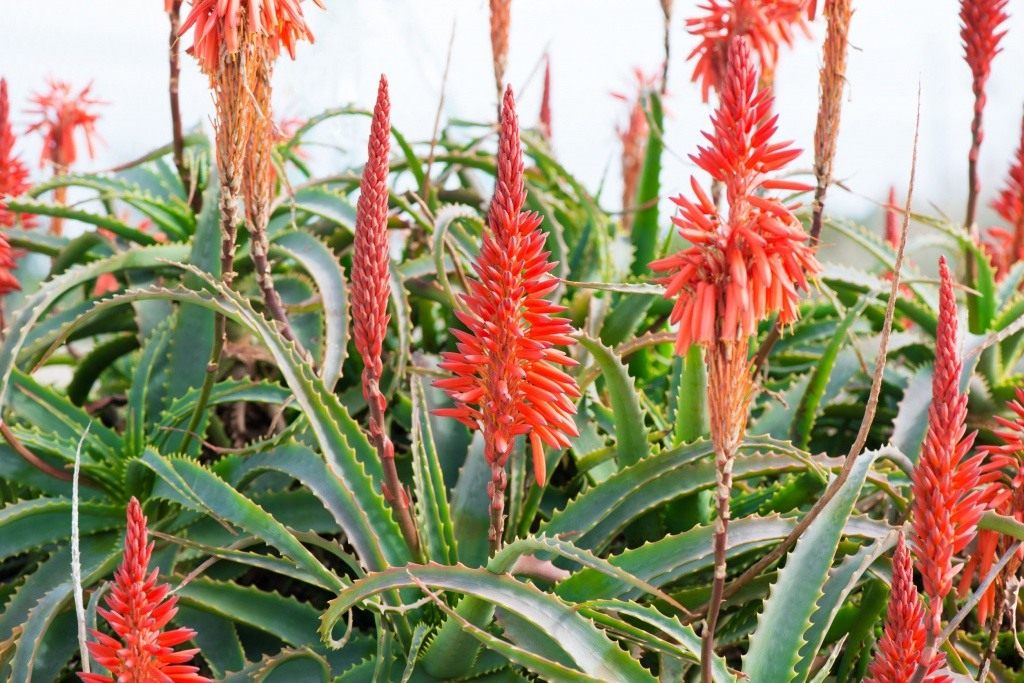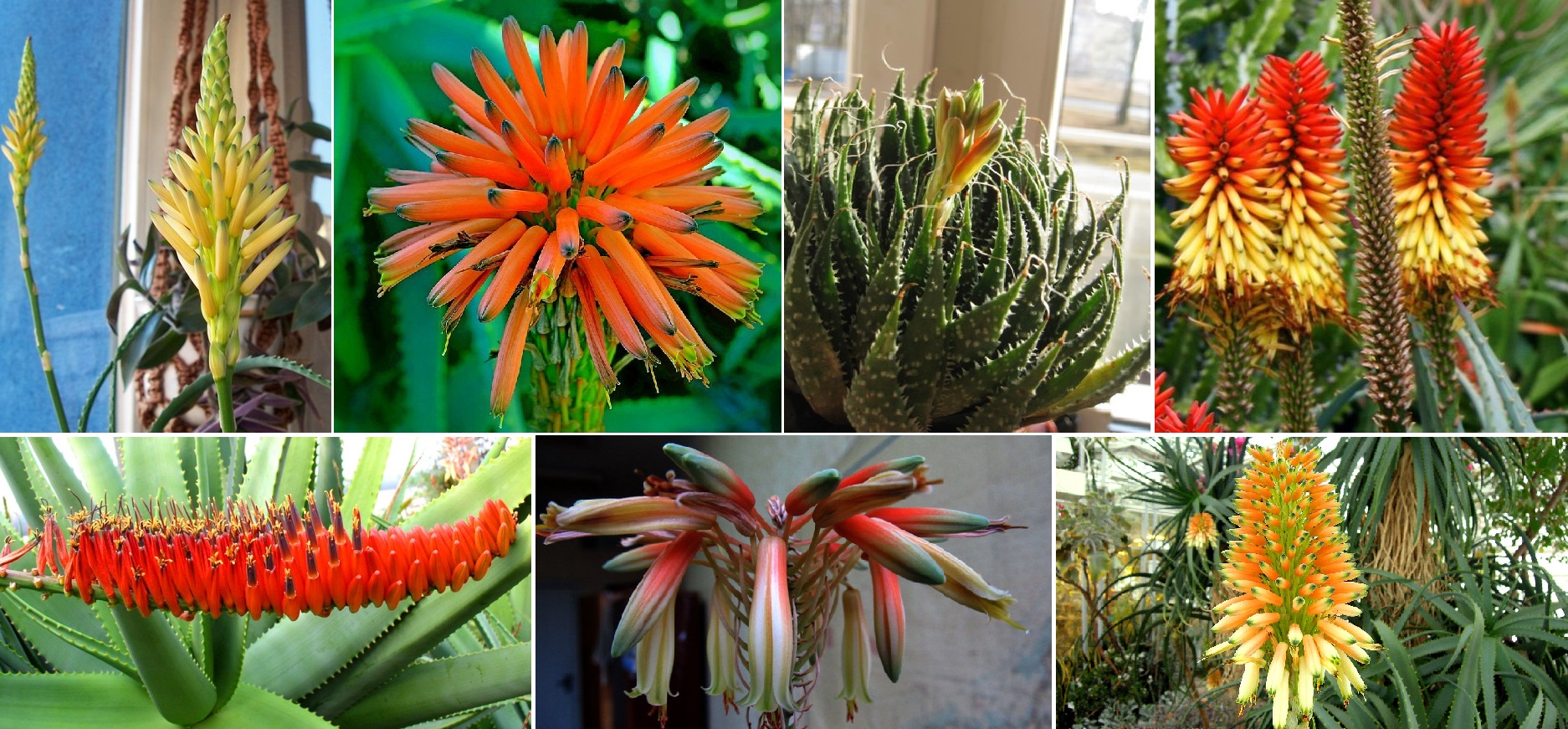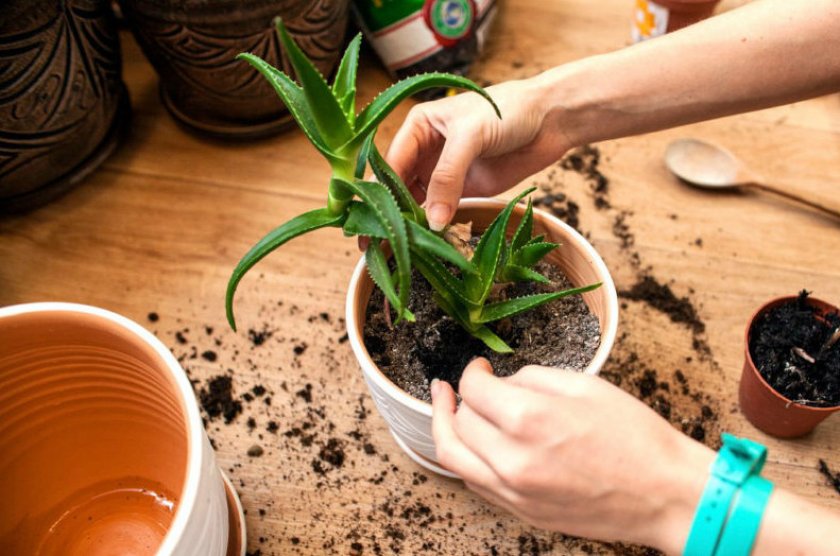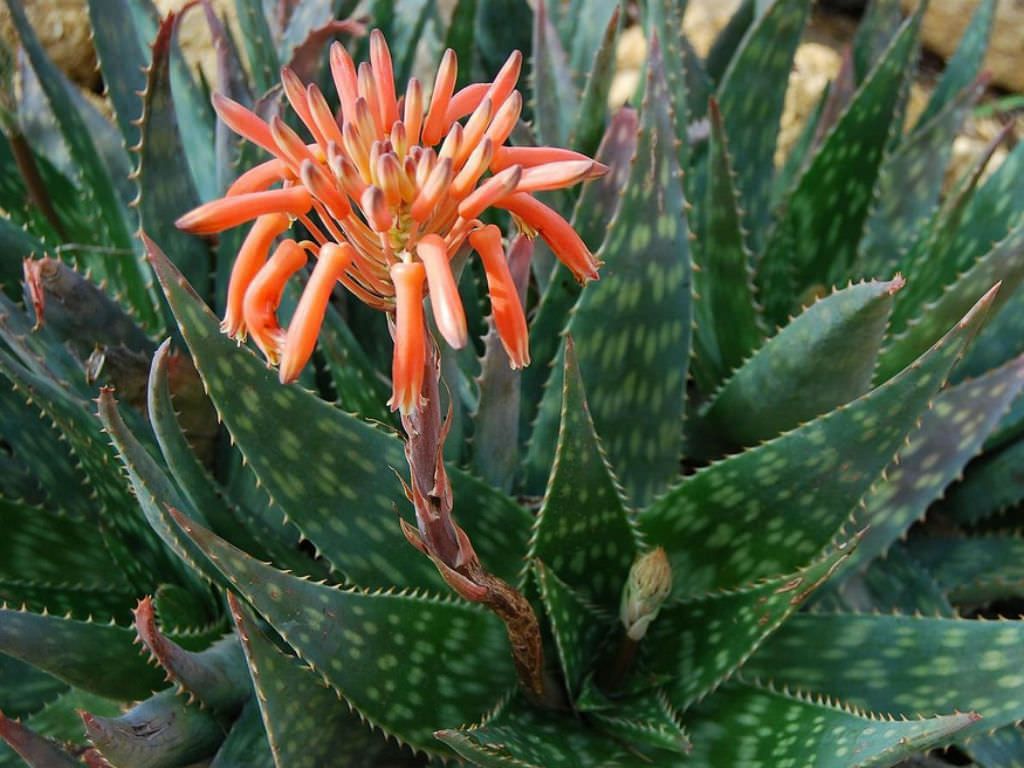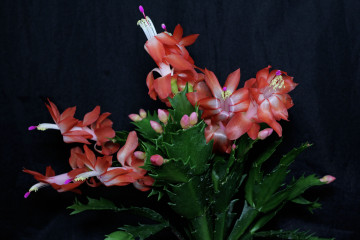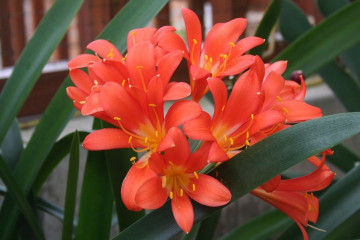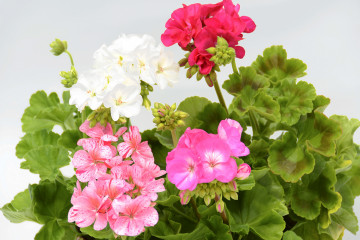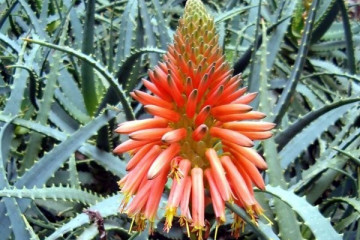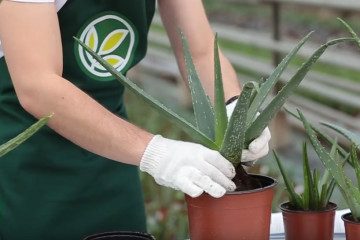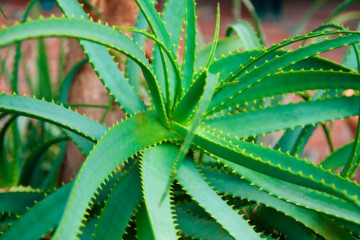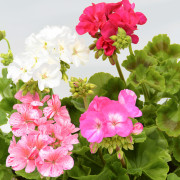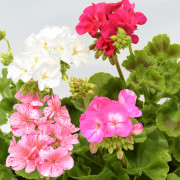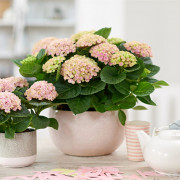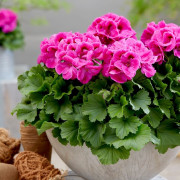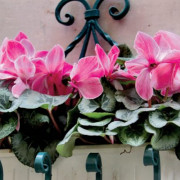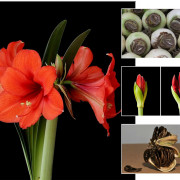How aloe blooms at home
Content:
Aloe is a houseplant that is known for its medicinal properties. But many growers have never seen aloe bloom. It blooms so rarely that sometimes because of this, the succulent is called an agave.
Blooming aloe at home
The probability of the appearance of flowers in aloe occurs only at the mature age of the plant - it must be more than 5 years old. A prerequisite for this is a dormant period, which must pass during the winter months. At this time, the succulent needs special care.
The flowering process consists of several main stages:
- The appearance of a strong and elastic peduncle.
- Stretching the peduncle in length up to 35 cm (in some varieties of the agave, it can reach 80 cm).
- The formation of inflorescences, consisting of many buds, and their gradual increase in size.
- The opening of flowers in the form of hollow elongated tubes.
The color of the flowers of home aloe can be bright orange, less often - yellow, pinkish and deep scarlet.
Periodicity and timing of flowering
Florists who have been growing aloe for a long time note that it blooms no more than 1 time in 15-20 years. However, if the growing conditions are violated, the succulent may never bloom.
In most cases, aloe bloom occurs in early spring. The possibility of bud formation depends on how the flower overwintered, whether the conditions of maintenance and care were followed. By the end of spring, the plant begins to shed dead flowers, but in rare cases, flowering can last until autumn.
The most common flowering species
There are approximately 300 known flowering varieties of this succulent. Most of them open their buds in the spring or early summer. The most popular types:
- Aloe Vera - blooms with bright orange flowers and is considered the most common in indoor floriculture.
- Fan-shaped - its leaf plates are arranged accordingly, and the buds are colored red.
- Aloe Jackson - differs in purple-violet tube flowers.
- Aloe Descoings - in this variety, the leaves are triangular, and the buds are yellow in color.
- Aloe tree - it is characterized by a variety of flower shades - bright red, light yellow, rich orange and pink.
- Camperi - differs in a branched peduncle, at the ends of which there are brushes with scarlet buds.
- A pretty aloe - its bell flowers have a purple-coral hue.
- Soapy - tubular buds of this type are colored in red, yellow or pink tones with a speck of a darker shade.
- Frightening (it is also Terrible) - thorns on leaf plates and bright orange-scarlet inflorescences are considered a distinctive feature of the variety.
- White-flowered is the rarest indoor species, it came from Madagascar and is distinguished by white-cream buds.
Why buds are not tied
The reason for the lack of flowering is usually inappropriate conditions of detention. Although the plant itself is unpretentious and grows well in almost any home, special care will be needed to help it bloom.
The main reasons for the lack of flowering:
- The age of a particular flower specimen is too young.
- Violation of the irrigation regime, leading to drying out of the soil or stagnation of moisture in it.
- Lack of sunlight.
- Unsuitable soil mixture.
- Depleted soil and lack of nutrients.
- Lack of timely plant transplants, due to which there is a tightness of the roots inside the container.
- Suboptimal humidity level in the room.
- Sudden changes in temperature and drafts.
Factors such as the appearance of parasitic insects and infection with various diseases cannot be ruled out.
How to make aloe bloom at home
For the onset of flowering on time, it is necessary to provide the bush with a clear schedule with timely wintering. During rest, he slows down internal life processes and accumulates resources for active growth after coming out of hibernation.
At home, the onset of a dormant period is not typical for an agave - he needs to create suitable conditions. To do this, the temperature in the room is gradually lowered to + 11 ... +14 degrees, after which the pot with succulent is removed to a darkened place. The flower begins to be watered less and less, gradually reducing the number of procedures to nothing.
Care rules on which flowering depends
The natural habitat of the agave is desert areas with dry and hot air, open to direct sunlight. To achieve flowering aloe, you need to create a comfortable environment for it.
Priming
Preferred soil with a neutral or slightly acidic reaction. You can purchase a ready-made mixture or prepare it yourself from sod land, river sand and humus. Drainage must be laid at the bottom of the pot.
Fertilizers
The plant will develop correctly with regular mineral fertilizing. To do this, use ready-made complex formulations for succulents strictly in accordance with the instructions.
Watering
Watering a desert flower should not be too often, since waterlogging is destructive for it. For this, settled water is used.
Temperature and humidity level
Although most varieties of aloe are able to withstand temperature extremes from +6 to +28 degrees, it is advisable to maintain an optimal mode in the room within + 18-20 degrees. Humidity should be kept at a medium level, there is no need for additional spraying.
How to properly care for blooming aloe
If you managed to achieve budding of the succulent, at this time you should change the technique of care. During the flowering period, the bush is provided with maximum rest, only slightly increasing the temperature in the room and bringing the daylight hours to 12 hours with the help of phytolamps.
When the plant is gaining color, it is advisable to feed it with potassium and phosphorus, and then stop fertilizing. The irrigation regime does not change.
What will happen when the petals fall
When the flowering of aloe at home is over, the dried flowers and peduncle are carefully removed from the bush. This must be done without fail, since they not only violate the decorative effect of the plant, but also require nutrients.
It is recommended to treat the cut with a solution of potassium permanganate and sprinkle with crushed activated carbon.Next, the plant is fed with a complex mineral agent containing nitrogen and a liquid organic fertilizer.
Dormant period
For the winter period following flowering, the number of waterings is reduced. It is enough just to moisten the soil in a pot with succulent once a month. Even in the absence of watering, the flower will feel great. Watering the plant is necessary only when the earth is completely dry.
During the dormant period, the bush is again rearranged into a room with an air temperature lowered to + 10 ... +14 degrees. The air there must be dry, otherwise the likelihood of infection with fungal diseases increases.
Aloe has many medicinal properties and is used in folk medicine in the treatment of various diseases. The decorativeness of its leaves made the flower very popular as a houseplant. Due to the fact that aloe blooms very rarely, this phenomenon is considered a good omen, bringing happiness, health and good luck. But, following the above recommendations, you can stimulate the plant and wait for flowering.
